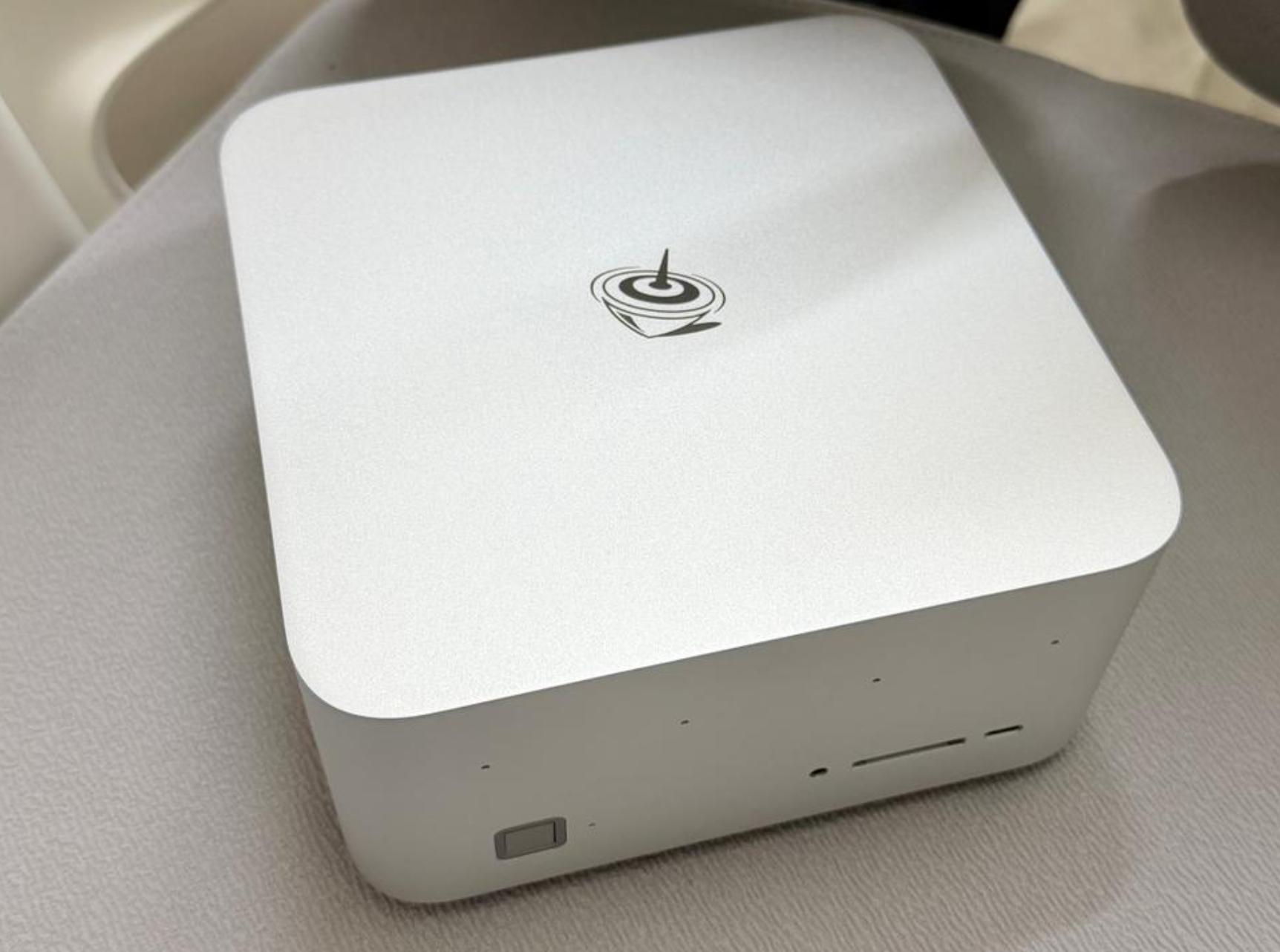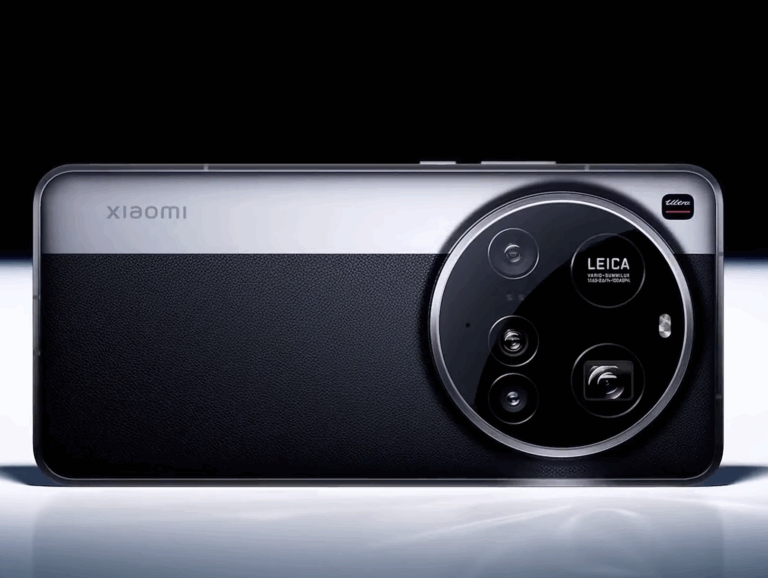Beelink GTR9 Pro Review: AMD Ryzen AI Max+ 395 Mini-Workstation Redefines Power — But QC Issues Hold It Back
Executive Summary – A Power-Dense Marvel with Serious Growing Pains
The Beelink GTR9 Pro isn’t just another mini-PC—it’s a statement. Powered by AMD’s Ryzen AI Max+ 395, this palm-sized workstation packs more computing power than most full-size desktops. Built on the “Strix Halo” architecture, the processor combines 16 Zen 5 CPU cores, an RDNA 3.5 GPU, and the latest XDNA 2 NPU, pushing an impressive 126 AI TOPS within a 140-watt power envelope.
With up to 128 GB LPDDR5x-8000 Unified Memory (UMA), the GTR9 Pro eliminates VRAM bottlenecks and enables local deployment of models as large as 70 billion parameters. It’s a breakthrough for AI developers and creators working with large-scale inference models such as Stable Diffusion 3.5 or DeepSeek 70B.
However, early adopters have reported dual 10 GbE LAN failures, fan bearing defects, and BIOS inconsistencies under heavy load. These reliability problems turn an otherwise revolutionary workstation into a high-risk purchase for professional users—at least until firmware and QC issues are resolved.
II. A Compact Workstation Built for the AI Era
A. Design and Build: The Mac Studio for PC Developers
The GTR9 Pro’s aluminum chassis mirrors the minimalist design of Apple’s Mac Studio while retaining the flexibility of the x86 ecosystem. Beelink has clearly shifted its focus toward professionals—engineers, developers, and creators—who demand desktop-class performance in a compact form factor.
Under the hood, the 140 W TDP allows sustained all-core performance during prolonged tasks like 4K editing, simulation, and AI training. AIDA64 stress tests confirm the system maintains boost clocks without throttling—an achievement in this size class.
B. I/O and Cooling: Built Like a Tiny Server
The GTR9 Pro offers an impressive port layout: dual USB4, dual 10 GbE, Wi-Fi 7, HDMI 2.1, and multiple M.2 slots. Dual 10 GbE networking enables seamless integration into AI clusters and NAS environments.
Cooling is handled by a vapor-chamber dual-fan system that occupies most of the chassis. When properly assembled, it stays quiet—even above 120 W loads. However, widespread reports of fan noise and thermal pad misalignment suggest quality control inconsistencies that Beelink must urgently address.
III. Under the Hood – Ryzen AI Max+ 395 and Unified Memory
A. The “Strix Halo” Advantage
- CPU: 16 Zen 5 cores / 32 threads up to 5.1 GHz (4 nm TSMC)
- GPU: Radeon 8060S (40 RDNA 3.5 CUs @ 2.9 GHz)
- NPU: XDNA 2 AI Engine > 50 TOPS
- Total AI Compute: 126 TOPS (CPU + GPU + NPU combined)
B. Unified Memory Architecture (UMA)
The headline feature is its 128 GB LPDDR5x-8000 UMA, allowing CPU, GPU, and NPU to share a single high-speed memory pool. This design eliminates costly data transfers and maximizes throughput for AI workloads. In tests, it delivers up to 3.9× the performance of Apple’s M4 Pro MacBook when running Stable Diffusion 3.5, and up to 2.2× the efficiency of NVIDIA’s RTX 4090 in local inference tasks.
Current firmware limits shared VRAM allocation to 96 GB, likely for stability. A future BIOS update may unlock full capacity.
IV. Availability and Pricing
The GTR9 Pro debuted in China before global pre-orders opened. Units remain limited, with availability expected to normalize by December 2025.
| Configuration | Memory / Storage | Price (USD) |
|---|---|---|
| Base Model | 64 GB RAM / 1 TB SSD | ≈ $1,699 |
| Flagship Model | 128 GB RAM / 2 TB SSD | ≈ $2,099 |
Beelink’s regional warehouses (EU/US/UK) include duties and taxes in pricing. Even at $2,099, the GTR9 Pro undercuts comparable Apple or custom SFF workstations by $400–$500.
V. How It Stacks Up – GTR9 Pro vs GTR8
| Feature | GTR8 | GTR9 Pro |
|---|---|---|
| CPU | Ryzen 7 7840HS (Zen 4) | Ryzen AI Max+ 395 (Zen 5) |
| GPU | Radeon 780M (12 CUs) | Radeon 8060S (40 CUs) |
| NPU | XDNA 1 (≈ 12 TOPS) | XDNA 2 (50 + TOPS) |
| Total AI Compute | ≈ 20 TOPS | 126 TOPS |
| Memory | 64 GB DDR5-5600 | 128 GB LPDDR5x-8000 UMA |
| Networking | Dual 2.5 GbE | Dual 10 GbE + Wi-Fi 7 |
| TDP | 65 W | 140 W |
| Market | Prosumer / Gaming | AI Workstation |
VI. Performance vs Execution – The Reality Check
A. Where It Excels
- Delivers stable 140 W performance without throttling.
- Handles LLMs, AI inference, and video processing with ease.
- Dual 10 GbE ports enable high-throughput networking.
- Unmatched spec-to-price ratio under $2,100.
B. Where It Fails
- Intel E610 10 GbE instability — LAN drops under GPU load.
- Fan bearing noise — defective units emit grinding sounds.
- Thermal pad inconsistency — leads to NVMe temps up to 85 °C.
- BIOS limit of 96 GB VRAM reduces AI model capacity.
VII. Setup & Practical Guidance
- Complete Windows setup offline before connecting Ethernet.
- Update BIOS and AMD drivers via Beelink Control Center.
- Monitor temps with HWiNFO or Ryzen Master (esp. NVMe drives).
- Linux users: Install Ubuntu 24.04 + ROCm 6, but expect LAN instability.
- Use Wi-Fi 7 as a temporary workaround for network issues.
VIII. FAQs
Q: Can it run 70B LLMs locally?
A: Yes, using optimized quantized models within the 96 GB VRAM limit.
Q: Is the 10 GbE issue fixed?
A: As of October 2025, no permanent firmware exists. Beelink has acknowledged the problem and plans a driver update.
Q: How quiet is it under load?
A: Typically below 35 dB when fans are healthy; faulty units are louder.
Q: Does it support Linux fully?
A: Partially. ROCm AI acceleration works, but LAN instability remains a concern.
IX. SEO Focus & Discoverability
Primary Keywords: Beelink GTR9 Pro review, AMD Ryzen AI Max+ 395, AI mini workstation, 128 GB LPDDR5x mini PC.
Supporting Keywords: GTR9 Pro 10 GbE fix, Ryzen AI Max+ 395 ROCm, Strix Halo mini PC, Beelink GTR9 Pro vs Mac Studio.
Meta Description: The Beelink GTR9 Pro combines AMD’s Ryzen AI Max+ 395 with 128 GB Unified Memory and dual 10 GbE ports in a tiny chassis — redefining AI workstations but held back by QC issues.
X. Final Verdict – A Visionary Machine That Needs Refinement
The Beelink GTR9 Pro is a milestone in compact computing. Its blend of Zen 5, RDNA 3.5, and XDNA 2 architectures creates a desktop-class AI engine in a hand-sized chassis. For AI researchers and creative professionals, it offers an unprecedented mix of power and portability.
However, persistent hardware defects and driver immaturity undermine its professional viability. Until Beelink fixes the Intel E610 LAN issue and tightens quality control, the GTR9 Pro remains a risky purchase for mission-critical use.
For Professionals: Wait for revised batches or firmware updates.
For Enthusiasts: If you can troubleshoot hardware and drivers, the GTR9 Pro offers unmatched AI performance per liter of volume.
In short, it’s a brilliant vision of what the AI desktop future could be—just not fully realized yet.




